Heel Spur Treatment
Heel spurs are a fairly common condition associated with excessive bone growth in the heel area. They develop due to constant overload of the foot and cause severe pain and aching during movement. According to medical statistics, heel spurs are diagnosed in 10-15% of adults, especially in patients over 40.

specialists

equipment

treatment
Causes and risk factors
Pathogenesis of heel spurs
The appearance of heel spurs is caused by prolonged mechanical stress on the fascia of the foot. With constant stress, small tears occur at the sites of its attachment, causing inflammation. In response, the body forms areas of fibrous tissue and deposits calcium salts. This process is not infectious in nature, but is an adaptation reaction to overload. The basis The pathogenesis is based on degenerative and inflammatory changes in the structure of the ligaments.
Increased risk factors
Some people are more susceptible to the appearance of spurs on the foot than others. This is due to the characteristics of their motor activity, poor posture, excess weight and other individual factors. Constant stress on the foot, especially in combination with existing problems of the musculoskeletal system, significantly increases the chances of developing this pathology.
The main risk factors include:
- Overweight
- Age over 45 years
- Flat feet and foot pathologies
- Wearing uncomfortable shoes
- Long-term work on the feet
- Professional sports
- Chronic joint diseases
These conditions are considered among the common causes of heel spurs. If there is a predisposition, the load on the foot increases inflammatory processes in the plantar region.
When to see a doctor
At the first symptoms, don't just tolerate the pain in the hopes that it will go away on its own. You should see a doctor if the pain in your heel is persistent or worsening, especially if the discomfort persists in the morning or after rest. In the early stages, symptoms may be mild, but without treatment, inflammation progresses. A primary examination is performed by a general practitioner or orthopedist. Confirming the diagnosis will determine when to treat the spur conservatively and when hardware or surgical intervention is required.
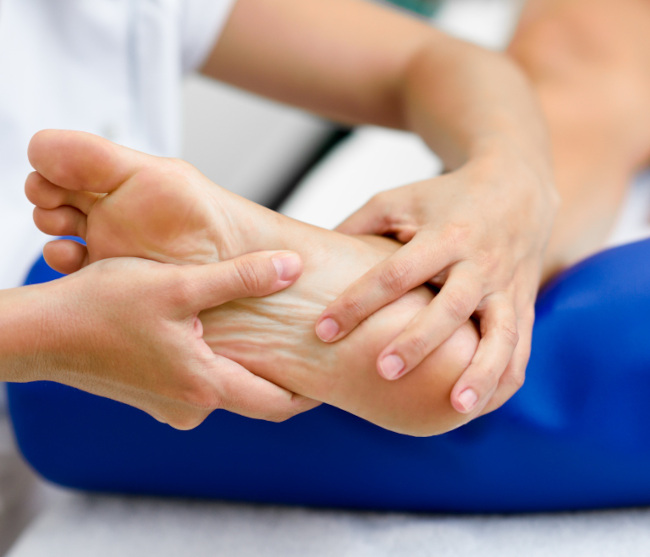
Symptoms of a heel spur
The main manifestation of the disease is considered to be pain in the heel. Discomfort occurs under load. A sharp, stabbing or pulling pain after sleep or prolonged rest is characteristic. As you walk, the sensation may decrease. However, with prolonged walking or standing, it intensifies again. Typical localization is the center or inner part of the heel. In some cases, the symptoms resemble other foot diseases, which requires differential diagnosis.
Characteristic symptoms of a heel spur include:
- Local pain in the heel when putting weight on the foot
- Increased pain in the morning or after rest
- A feeling of a foreign body under heel
- Pain on palpation
- Tightness or discomfort in the arch of the foot
- Gait disturbance
- Limited leg mobility
- Possible swelling and redness in the projection of the spur
These signs are the most typical for the symptoms of a heel spur. They require confirmation with the help of imaging methods.

Diagnosis of heel spurs
The initial stage is collecting anamnesis. The presence of pain in the morning, the dependence of symptoms on the load, the duration of complaints and the nature of sensations in the heel area are clarified. The patient's weight and level of physical activity are necessarily assessed. During physical examination, pain in the center of the heel is revealed, especially with tension of the plantar fascia. To confirm the diagnosis of heel spurs, instrumental methods are used - X-ray and ultrasound. They allow you to visualize the bone growth and exclude other pathologies. A comprehensive diagnosis of heel spurs requires a comprehensive approach.
Instrumental examination methods
The main diagnostic tool is an X-ray of the heel bone. It can be used to determine the presence and size of a spur, even if symptoms have not yet appeared. To assess soft tissue structures (in particular, the plantar fascia), an ultrasound scan is additionally prescribed. In some cases, MRI is used if other foot diseases are suspected. This approach ensures an accurate diagnosis and helps choose adequate treatment for heel spurs. spurs.
Classification and stages of heel spurs
Heel spurs are classified into two types: dorsal and plantar. The most common is the plantar form, which occurs in the area of the fascia attachment. The dorsal form, associated with the Achilles tendon, is less common.
Accurate staging allows you to choose the optimal treatment for heel spurs - from drug therapy to surgery.
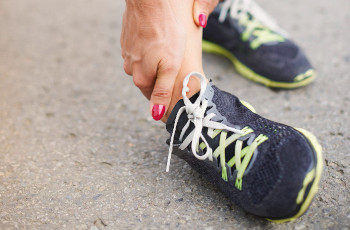
Stages of progression include:
- Microtrauma of the fascia without visualization on x-ray.
- Deposition of salts in the area of inflammation
- Formation of a bony protrusion (spur)
- Enlargement of the spur, increased pain
- Gait disturbances and limited leg mobility
Heel spur treatment
Conservative therapy
At the initial stages, preference is given to non-surgical methods. Conservative treatment of heel spurs allows you to achieve stable improvement without the need for surgery.
The following are used:
- Anti-inflammatory drugs
- Physiotherapy procedures (shock wave therapy, laser, magnet)
- Therapeutic Physical education
- Taping
- Using orthoses and orthopedic insoles to reduce pressure on the heel
- Limiting the load on the foot
If you start treating heel spurs in time, you can avoid the development of serious complications.
Drug treatment
For severe pain, non-steroidal anti-inflammatory drugs are used in the form of ointments or tablets. If ineffective, corticosteroid injections are prescribed directly into the area of heel inflammation. Such injections quickly relieve pain, but must be performed by an experienced doctor, observing the technique.
Medicines for spurs can cause side effects - from gastrointestinal irritation when taken orally to tissue damage with frequent injections. Therefore, long-term use is permitted only under the supervision of a specialist. Drug therapy is often combined with physiotherapy and orthopedic correction.
Physiotherapy
Modern physiotherapy accelerates recovery and reduces pain. The most effective are magnetic therapy, laser exposure, ultrasound and shock wave therapy. The latter destroys salt deposits and improves blood flow, accelerating healing without medication.
The procedures are virtually painless, although short-term discomfort is possible with increased sensitivity. For a lasting result, a course of 5 to 10 sessions with an interval of 2-3 days is required. An integrated approach using physiotherapy reduces the risk of relapse and eliminates chronic inflammation.
Surgical intervention
Surgery to remove a heel spur is indicated when conservative therapy is ineffective, there is severe pain, gait disturbance, or chronic inflammation of the heel tissue. When all attempts to eliminate the problem with physiotherapy, injections, and orthopedic insoles fail, the only way out is to remove the bone growth surgically.
The procedure is carried out in stages:
- Preoperative diagnostics (X-ray, MRI, laboratory tests)
- Administration of anesthesia (usually local)
- Tissue incision in the projection of the spur
- Removal of the heel spur and excision of inflamed soft tissues structures
- Wound treatment and suturing
- Application of a sterile and fixing bandage
The procedure is minimally invasive, and pain is minimal due to anesthesia. Full recovery takes 2–4 weeks. During this time, weight-bearing on the foot is temporarily excluded. Heel spur removal surgery rarely causes complications, but wound infection, soft tissue damage, or relapse are possible. This is especially true if the surgeon's recommendations are not followed.
Complications of Heel Spurs
Without timely treatment, the risk of chronic inflammation and deformation of foot tissues increases. Constant stress on the heel provokes compensatory changes in gait, leading to pain in the knees, hip joints, and lower back. Such consequences impair musculoskeletal functions and reduce the quality of life.
Complications of spurs include plantar fasciitis, subcutaneous hematomas, chronic swelling of the heel, and impaired tissue blood supply. In severe cases, trophic ulcers may form, requiring long-term treatment. A progressive spur often causes the inability to fully move.
Rehabilitation, prognosis and prevention
Prices for services
Primary diagnostics with ultrasound and a doctor's consultation costs an average of 1,500-3,000 rubles. This allows us to accurately determine the stage of the disease and choose an effective tactic.
Treatment prices vary depending on the method. A conservative course (medications, physiotherapy, orthopedic insoles) will cost 7,000-15,000 rubles.
Surgical intervention is used when other methods are ineffective. The cost of removing a spur in private clinics starts from 25,000 rubles, and in the case of a comprehensive approach can reach 45,000
Complete treatment of heel spurs in Moscow requires an individual calculation, taking into account the technologies used and the duration of the course.

Questions and Answers
How effective is conservative treatment for heel spurs?
In the early stages, non-surgical therapy can achieve stable remission. The complex includes physiotherapy, medications, and insoles.
What determines the cost of spur removal?
The cost of removal is determined by the anesthesia used, the level of the clinic, and the technologies used, including ultrasound navigation or endoscopic access.
Where can I get treatment for heel spurs in Moscow?
Heel spurs treatment in Moscow is available in private and public clinics. It is important to choose institutions with specialized specialists and modern equipment.
How much does a full course of therapy cost?
Treatment prices start at 7,000 rubles, but can reach 25,000–30,000 rubles when shock wave therapy or injection blockade are included.
How long does it take for improvement to occur after therapy?
If recommendations are followed, pain relief is possible within 5–7 days, and complete stabilization of the condition is possible within 4–6 weeks.

This award is given to clinics with the highest ratings according to user ratings, a large number of requests from this site, and in the absence of critical violations.

This award is given to clinics with the highest ratings according to user ratings. It means that the place is known, loved, and definitely worth visiting.

The ProDoctors portal collected 500 thousand reviews, compiled a rating of doctors based on them and awarded the best. We are proud that our doctors are among those awarded.
Make an appointment at a convenient time on the nearest date
Price

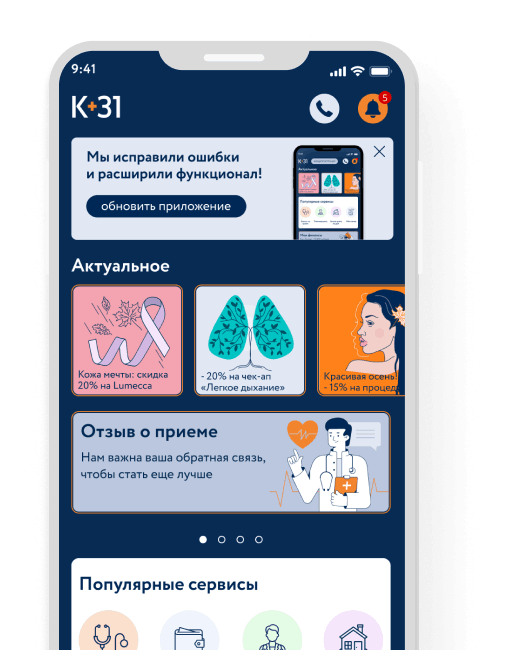
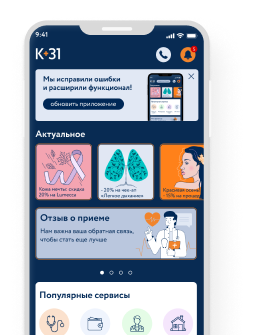



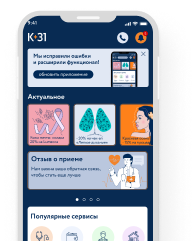
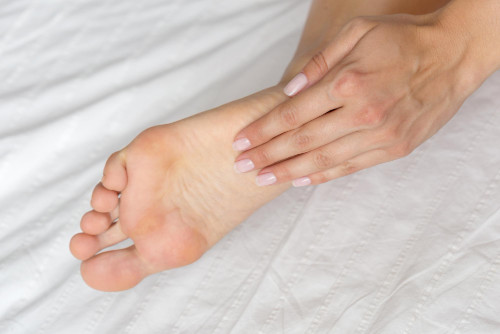


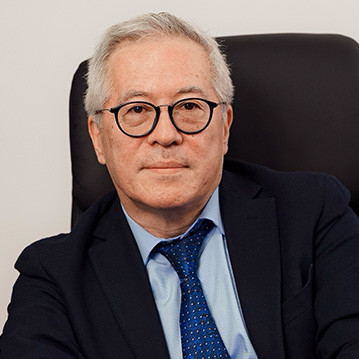


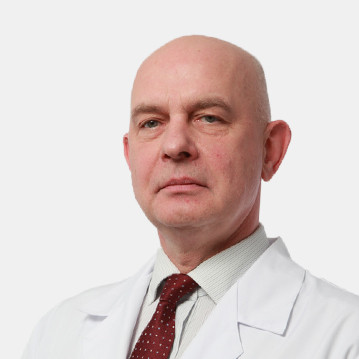





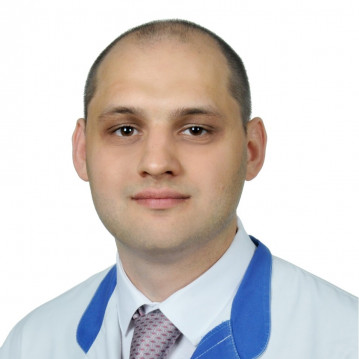




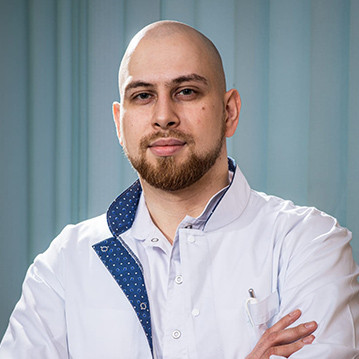
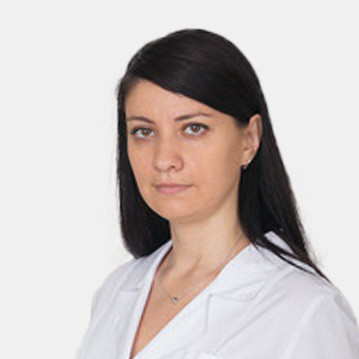
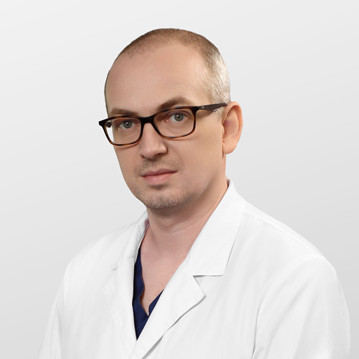
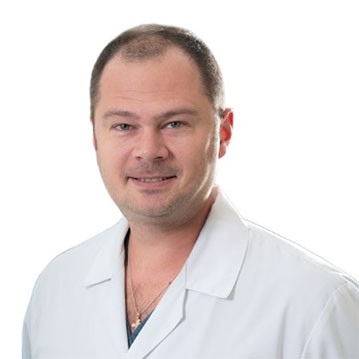
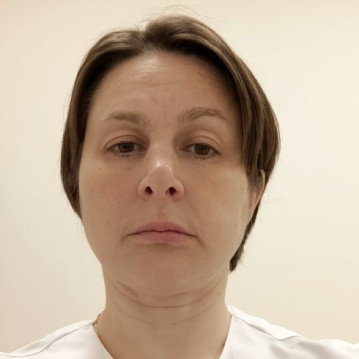
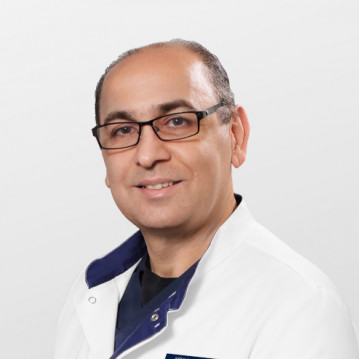







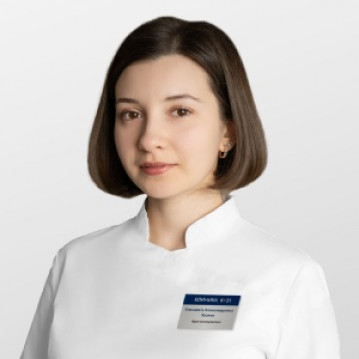

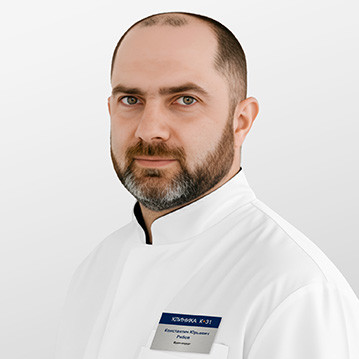

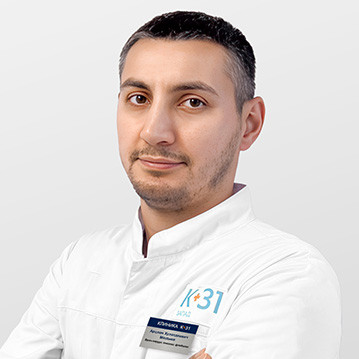
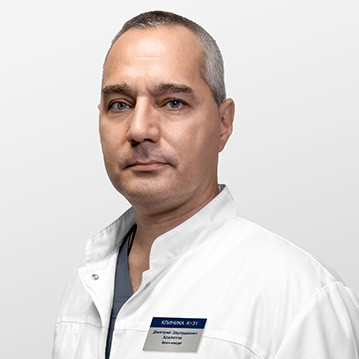

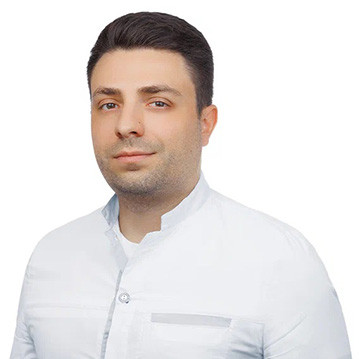
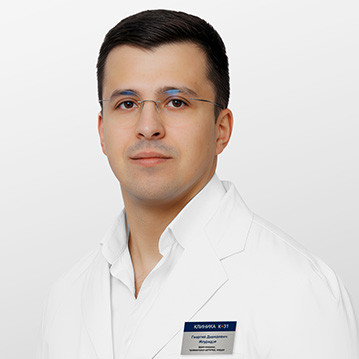



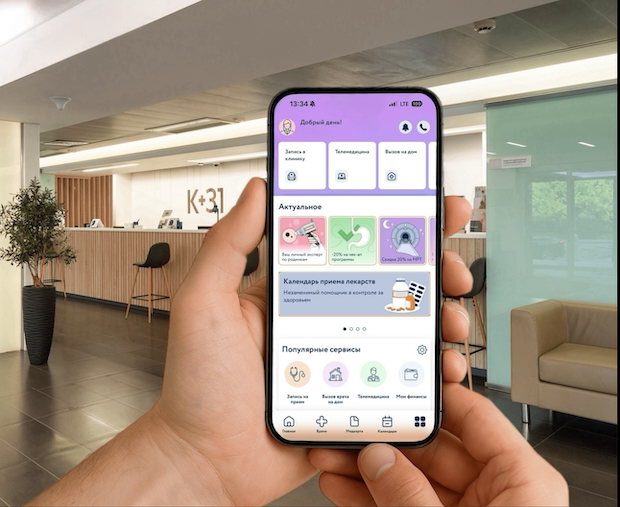
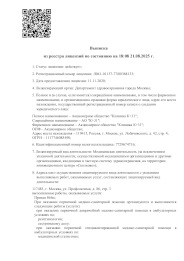

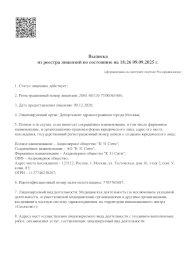
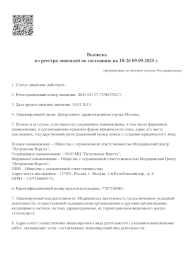

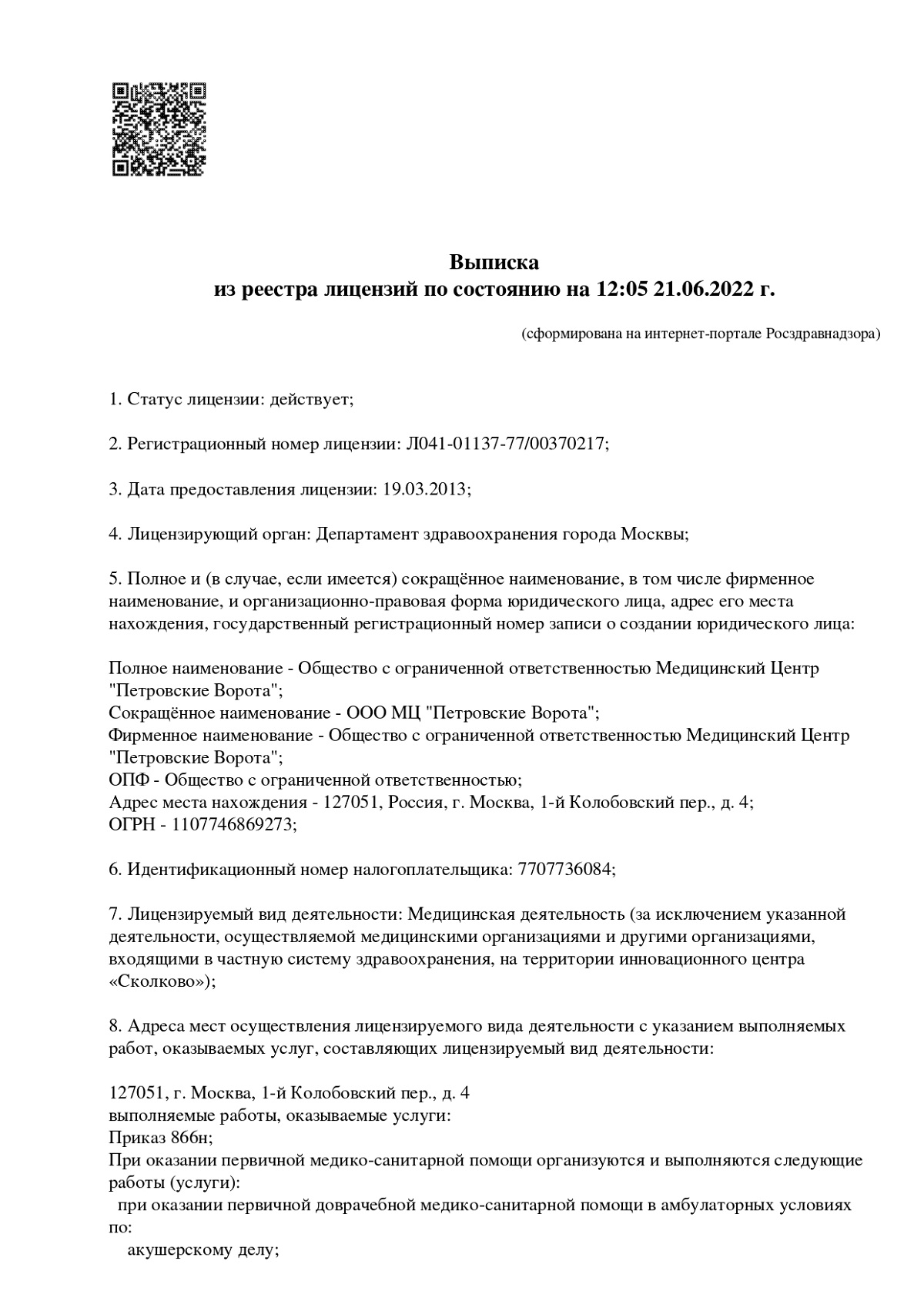
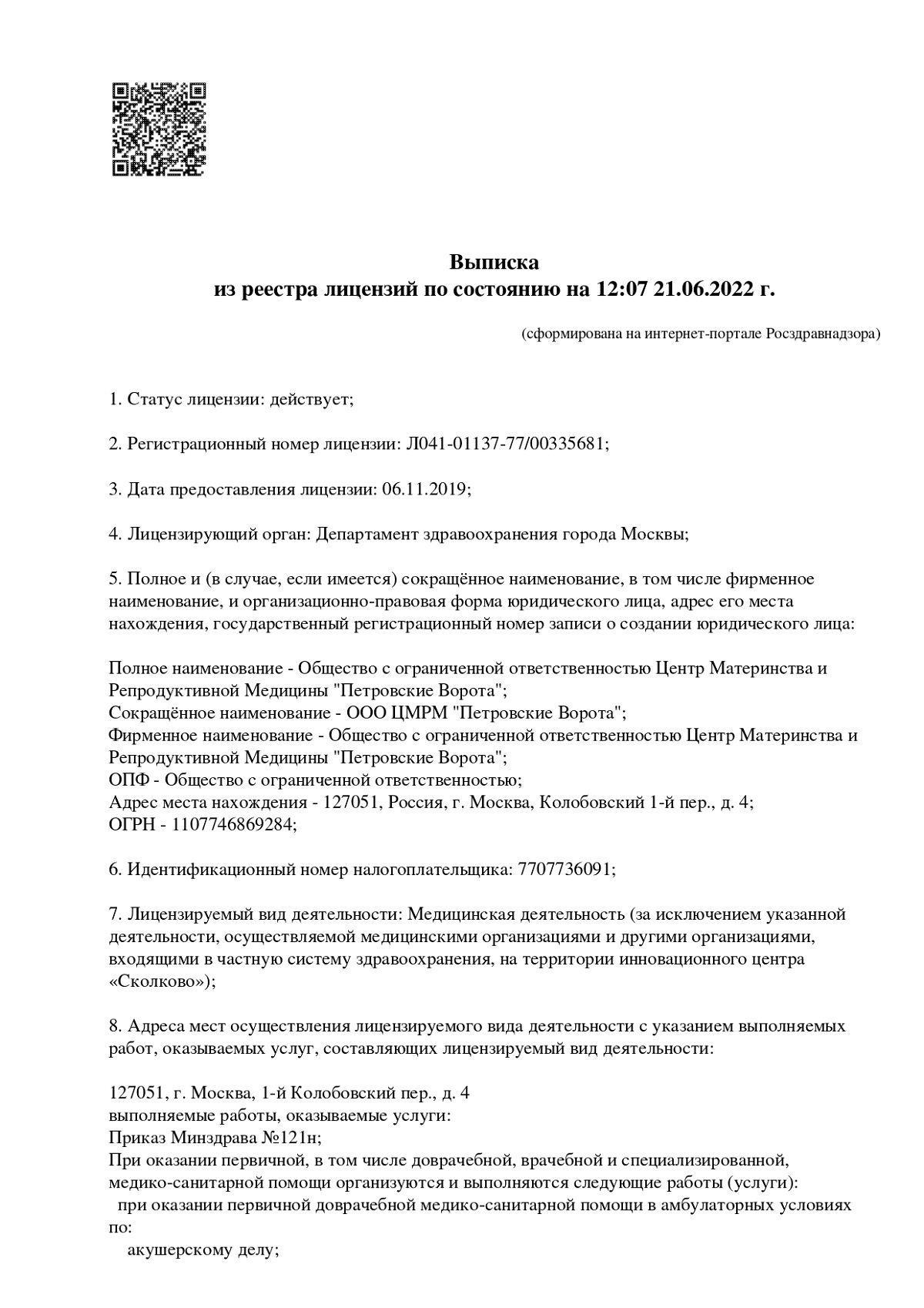
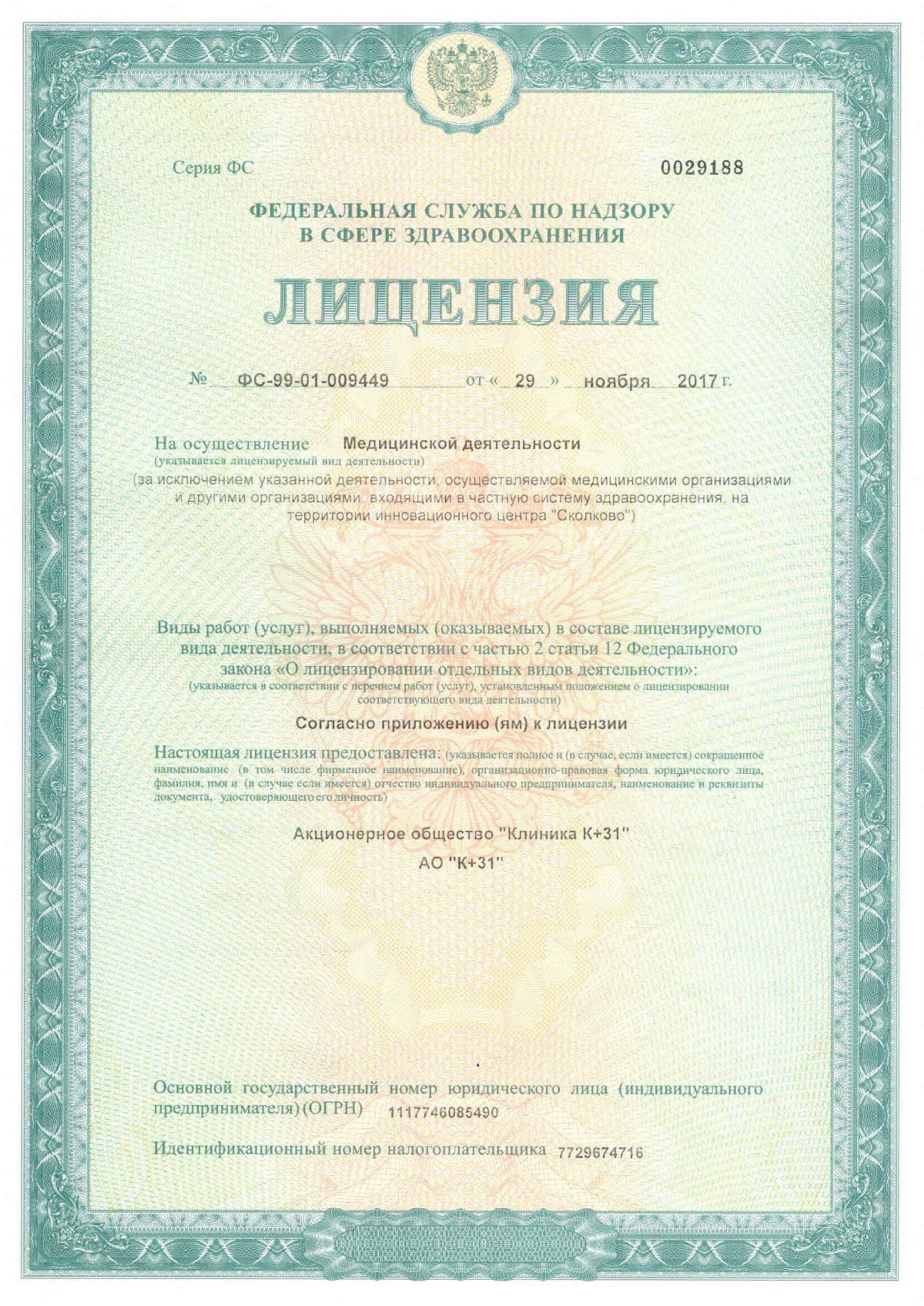
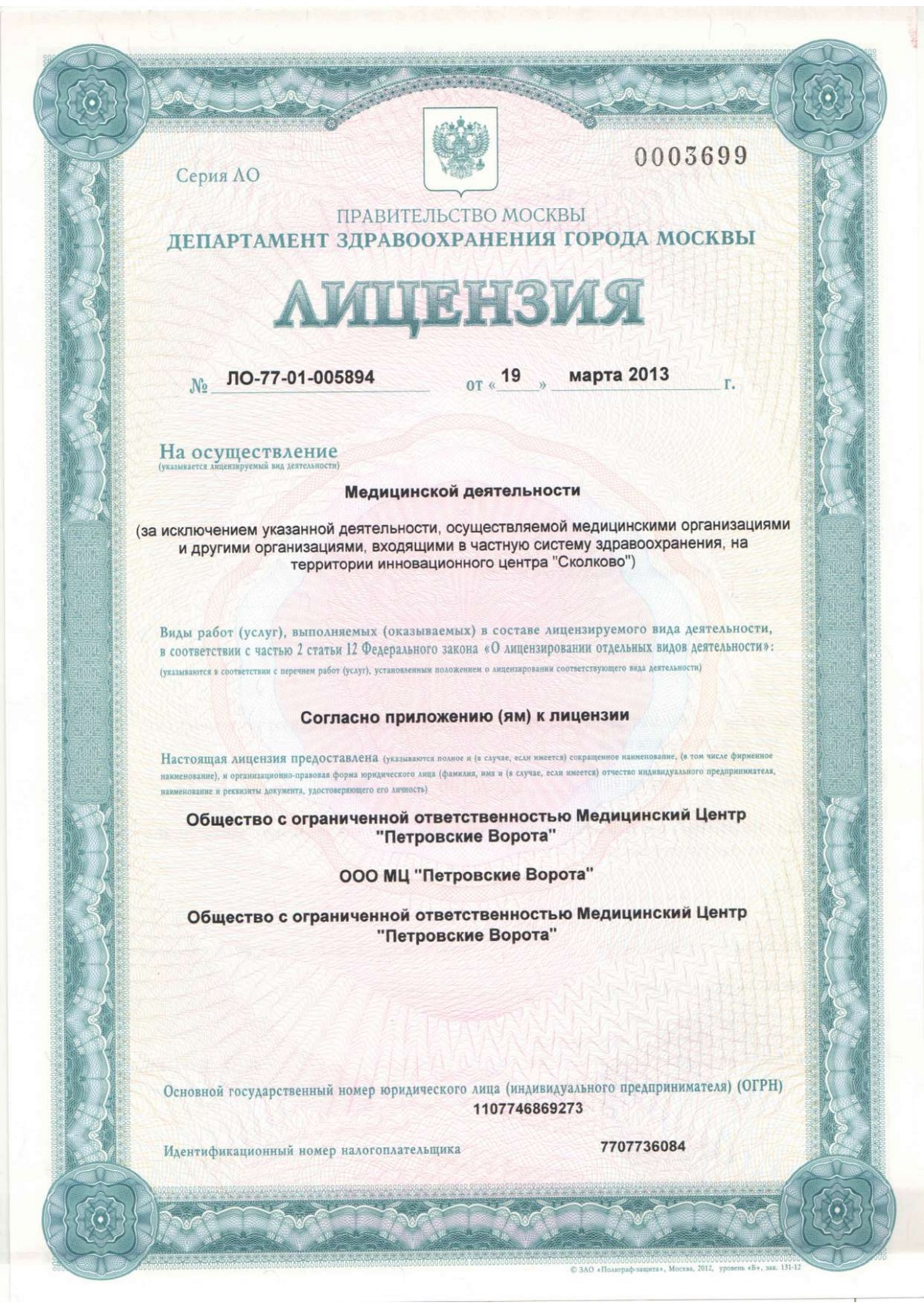

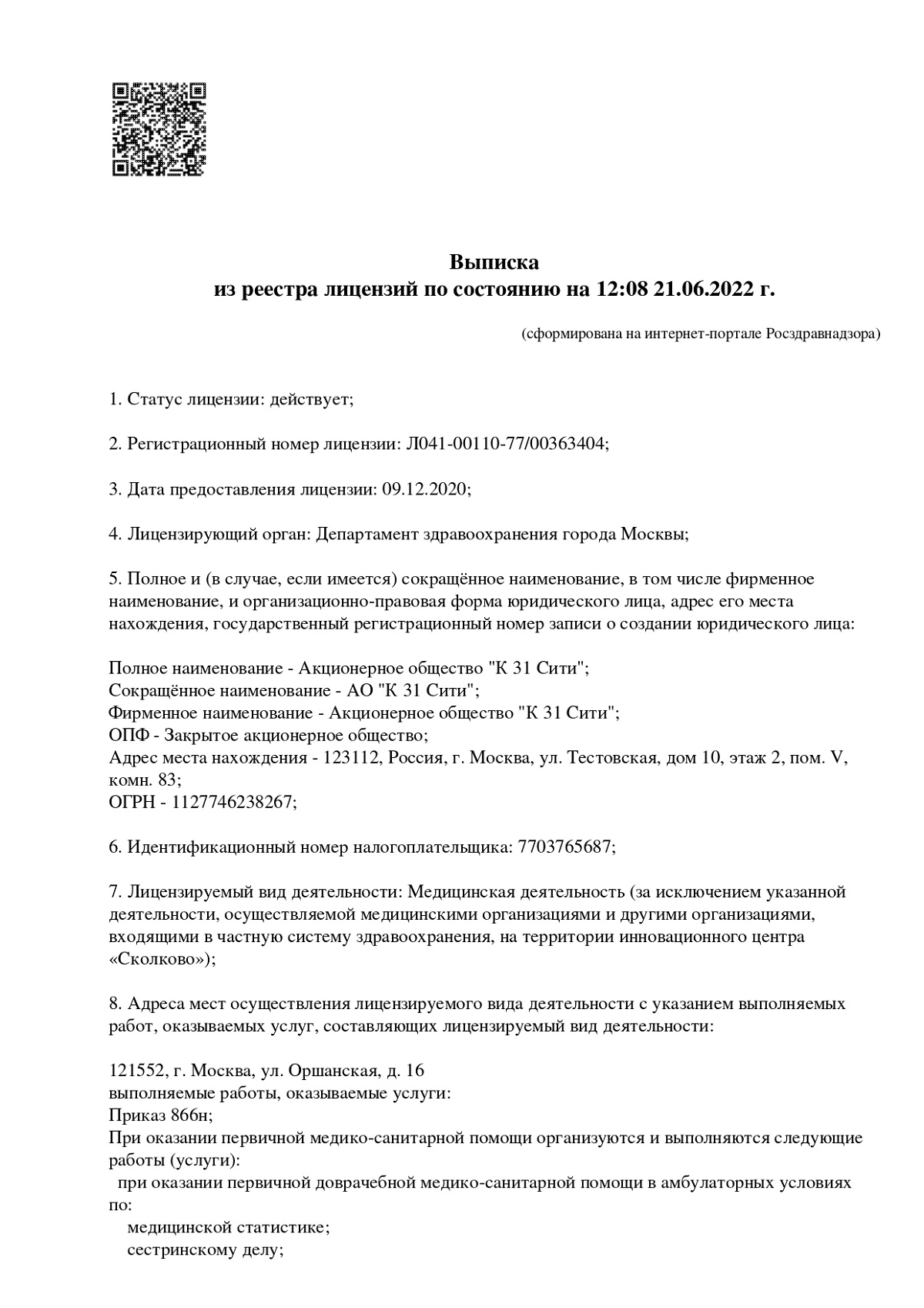
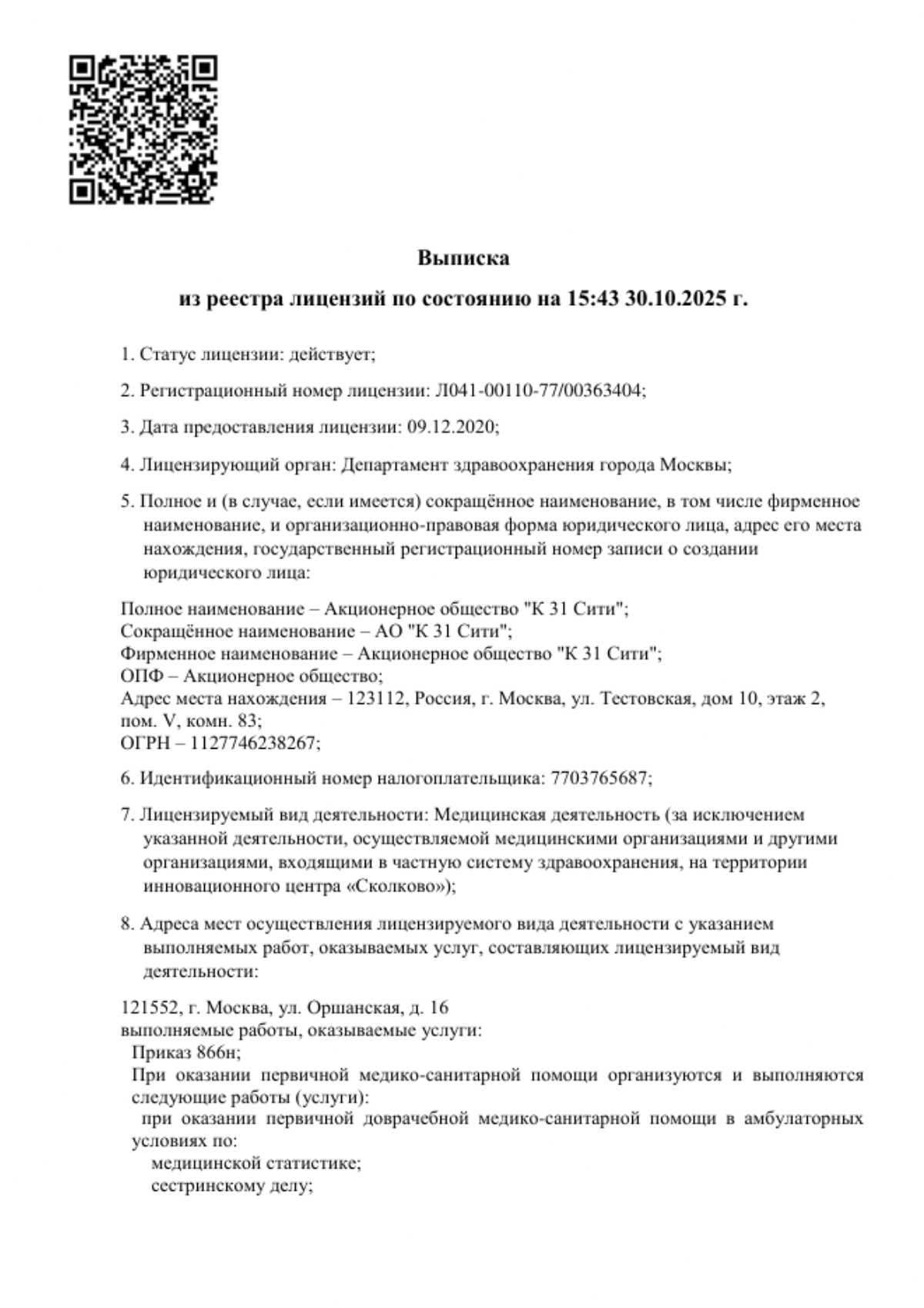
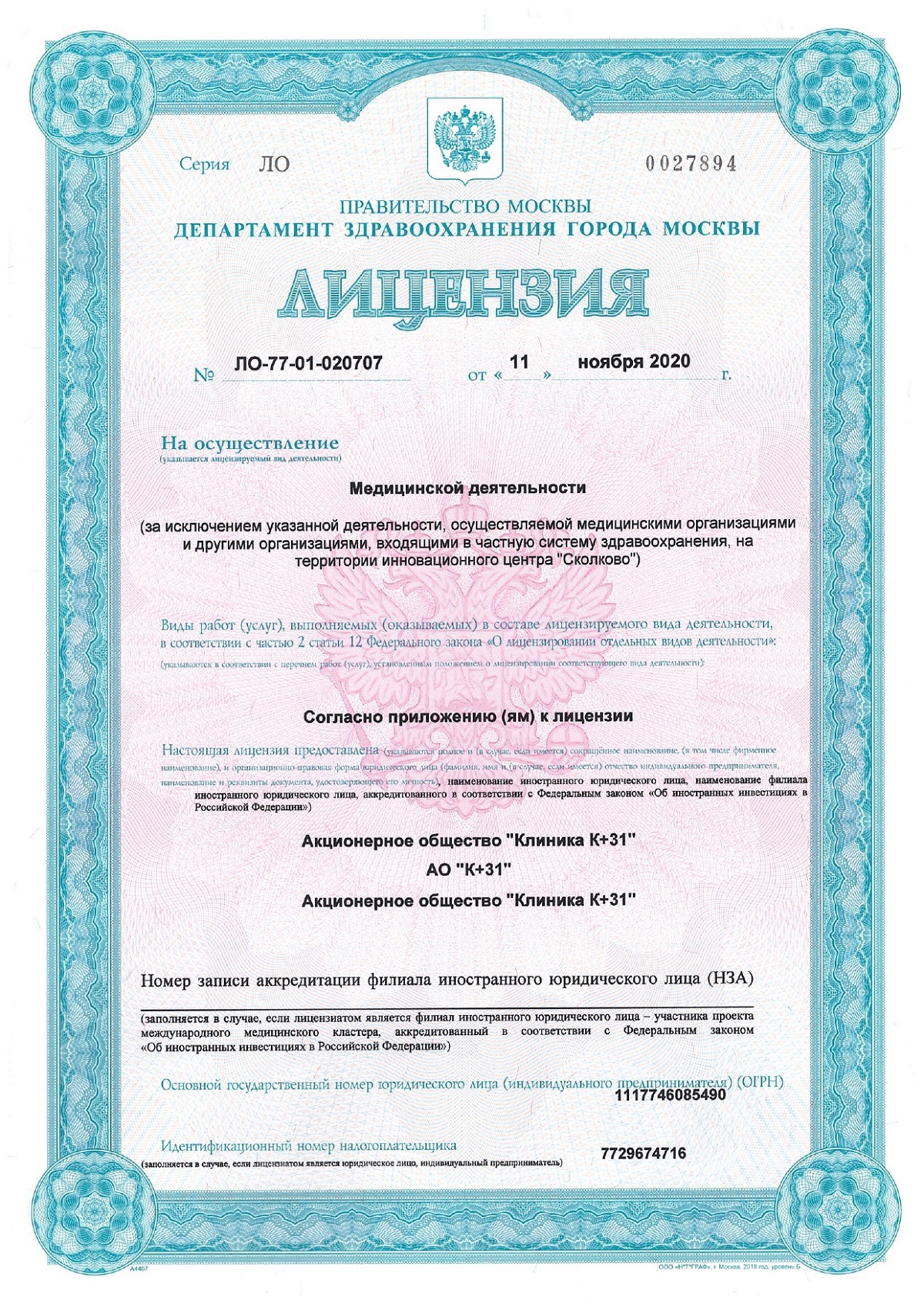

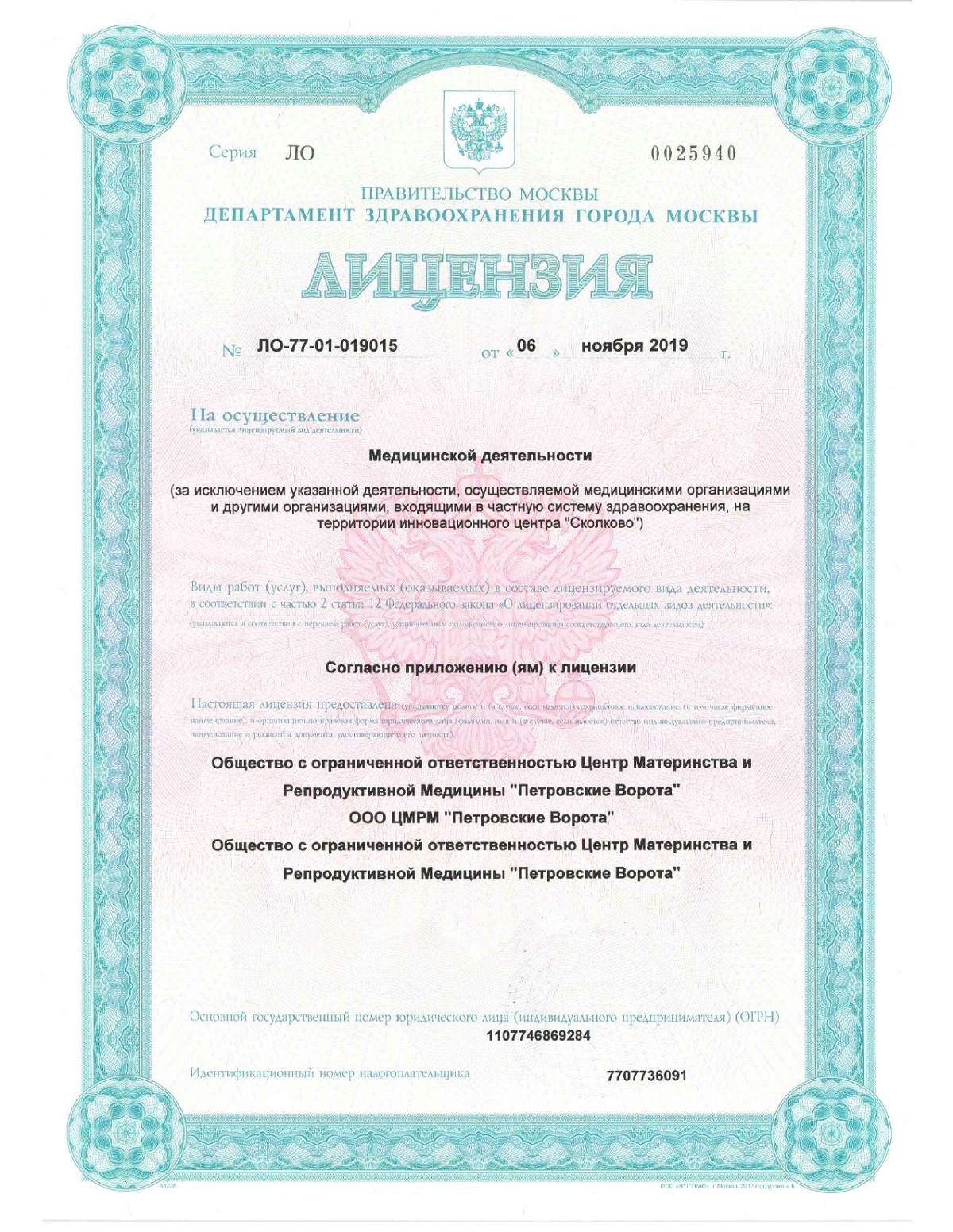




What is a heel spur
A heel spur is an abnormal growth of bone tissue that may remain visually unnoticeable. However, an X-ray examination clearly shows a spiky outgrowth oriented either towards the sole or the Achilles tendon. In the early stages, the disease often proceeds without clinical manifestations. As the mechanical impact on the foot increases, pain sensations of various nature arise - from sharp shooting pains to aching pain, most intense after waking up or prolonged rest. It is important to note that the pain is not caused by the direct impact of the bone growth, but by the development of an inflammatory process in the surrounding soft tissues structures.